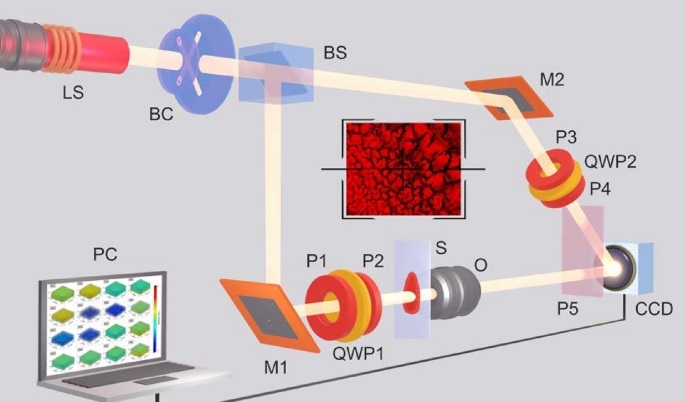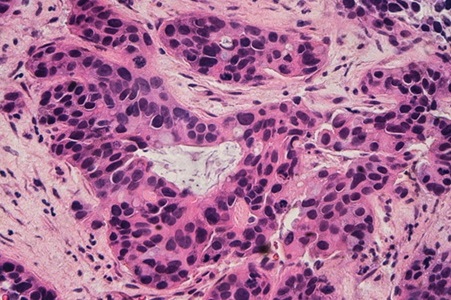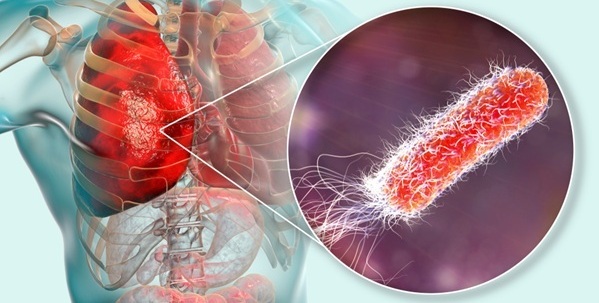Novel Light-Based Technique With 90% Accuracy Rate to Revolutionize Cancer Diagnosis
Posted on 03 Sep 2024
A quicker, cheaper, and less painful cancer detection technique developed using light has the potential to revolutionize cancer diagnosis, early detection, and monitoring.
Researchers at Aston Institute of Photonic Technologies (AiPT, Birmingham, UK) have developed a new technique for analyzing crystals in dehydrated blood. Utilizing a novel polarization-based image reconstruction method, the team examined polycrystalline structures within dried blood samples. This analysis is vital as proteins in the blood undergo structural transformations in their tertiary (unique 3D shape) and quaternary forms (how multiple proteins assemble) during the onset of diseases such as cancer.

The new technique allows for a comprehensive layer-by-layer analysis of dry blood smears, a critical factor in distinguishing between healthy and cancerous samples. The research involved 108 blood film samples divided into three equal groups: healthy individuals, prostate cancer patients, and patients with aggressive cancer cells. The findings published in the Nature journal Scientific Reports showed a 90% accuracy rate in early diagnosis and classification of cancer, surpassing the efficacy of traditional screening methods. Moreover, this approach uses blood samples rather than tissue biopsies, making it a less invasive and safer option for patients.
"Our study introduces a pioneering technique to the liquid biopsy domain, aligning with the ongoing quest for non-invasive, reliable and efficient diagnostic methods,” said AiPT Professor Igor Meglinski. “A key advancement in our study is the characterization of the mean, variance, skewness, and kurtosis of distributions with the cells which is crucial for identifying significant differences between healthy and cancerous samples. This breakthrough opens new avenues for cancer diagnosis and monitoring, representing a substantial leap forward in personalized medicine and oncology."
Related Links:
AiPT














